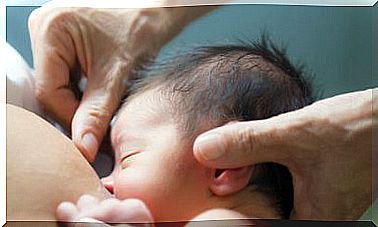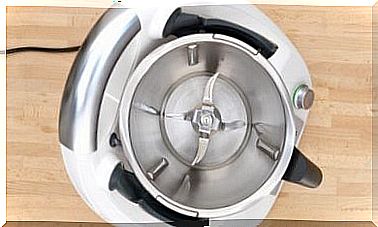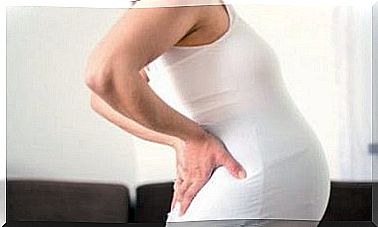4 Good Exercises To Do During Pregnancy
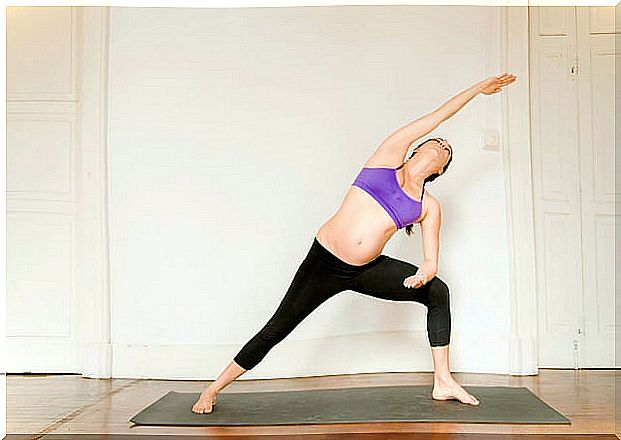
Many women choose to remain at rest from early pregnancy until delivery. But this is not necessary unless the doctor recommends it for high-risk pregnancy.
If you are not advised to rest, be aware that exercising during pregnancy is very beneficial. It helps to condition the body and each muscle group for the moment of giving birth.
Types of Exercises to Do During Pregnancy
Firstly, you should consider exercising during pregnancy as a solution to avoid further complications.
You will certainly experience less back pain and maintain an adequate level of activity. This way, you will be able to recover more quickly after giving birth and will find it easier to perform the necessary muscle stretching at the time of giving birth.
Below, see what they are and how to do the best exercises for pregnant women according to experts.
Plie
Stand with your back straight and feet spaced the same distance from your hips. Rotate your feet and knees outward a little and lower your hips and torso as far as possible.
In order not to lose your balance, you can support yourself with one hand on a table or chair, but without losing the upright position of your back. This exercise strengthens the hips, quadriceps and improves balance.
leg exercise
On a flat surface, lie on your right side, supporting your weight on your forearm and keeping your right knee slightly bent. Raise your left leg to hip height or as high as possible. Then repeat the movement on the opposite side.
If necessary, support the opposite arm as well to control your body. This exercise is great for strengthening the inner thigh and hip muscles.
boards
For this exercise, you just need to support your body weight on your forearms and toes, forming a plank with your body, and hold that position while inhaling and exhaling once or twice.
This movement is not easy to perform in advanced stages of pregnancy. Then you can do it as long as your belly size allows. With this exercise, the arms, back and torso are strengthened.

weights
Sit on the edge of a chair with your back straight, your feet flat on the floor, and your arms loose on either side of your body. In this position and holding dumbbells in your hands, raise your arms to form a 90-degree angle.
Do as many reps as you can. The ideal weight for dumbbells is 2 to 3.5 kilos. This exercise helps to strengthen your biceps and shoulders.
Tips for Exercising During Pregnancy
- The first thing you should do is see your doctor to find out if your pregnancy is at risk or if you can start (or continue) a healthy exercise routine during your pregnancy that does not affect your normal development.
- Consume extra calories to make up for the amount you lose from any exercise. Nutrition and exercise must maintain a perfect balance to ensure your and your baby’s health.
- Avoid contact sports and activities that can make you lose your balance. It’s true that physical activity is essential, but you don’t want exercise to be harmful to pregnancy.
- Wear proper clothing. That is, appropriately sized clothes that allow you to move around easily and that are breathable. Footwear is also important for your feet to adequately support your body weight.
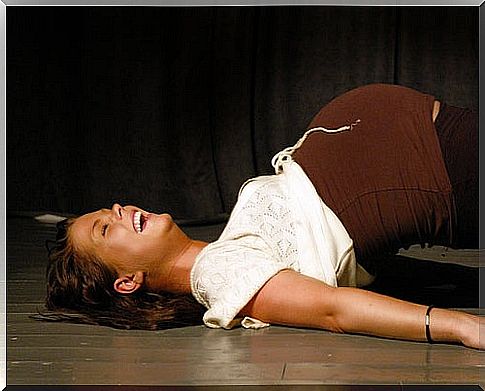
- Always warm up before exercising. These moments before the activity begins prepare your muscles and joints and also gradually increase your heart rate.
- Keep your body well hydrated. It is important to drink water before, during and after any exercise you do. Dehydration during pregnancy can cause contractions and increase body temperature.
- Do not exaggerate. Avoid exercising to the point where you feel exhausted. The signals your body sends you are obvious: don’t make movements that cause pain or make you feel bad.
- Stretch after each workout. When you’ve finished your training routine, set aside 5 or 10 minutes for a walk to normalize your heart rate and stretch your muscles. This prevents pain and feeling tired the next day.
